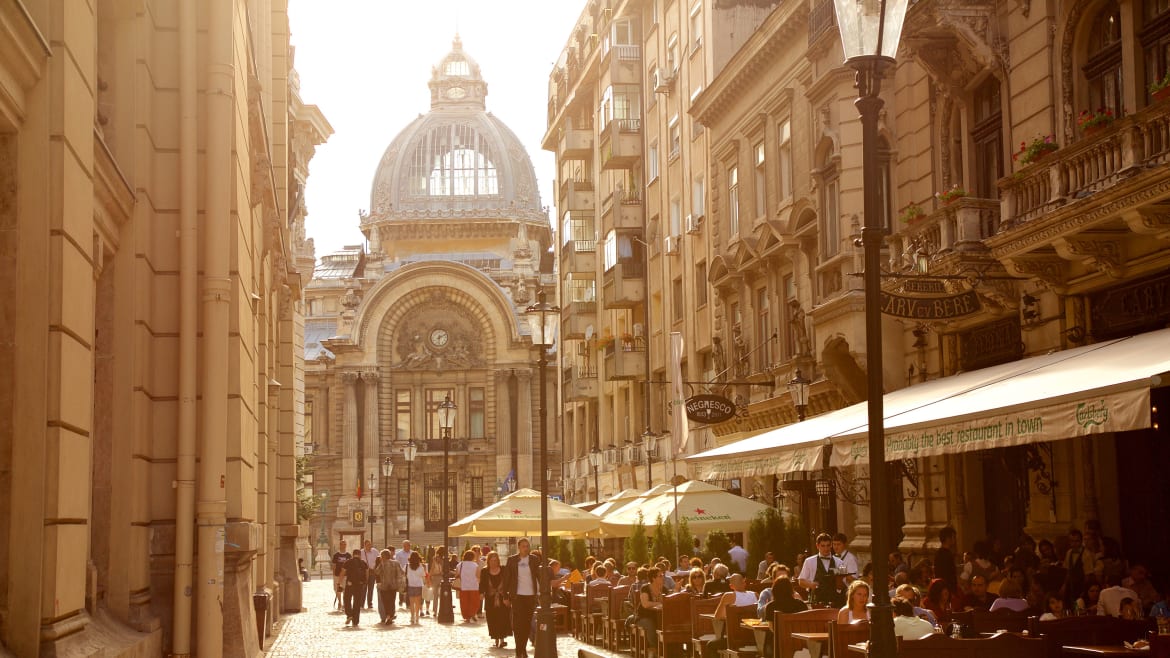How Did Bucharest Become ‘Paris of the East?’

There are more than a half-dozen self-titled “Little Viennas” in Europe, preening for the honor of second place. Fewer cities compete for the diminutive “Little Paris” Grand Prix but there are some. The former were almost entirely within Austria-Hungary for decades or centuries, and accordingly their Habsburg yellow Baroque buildings, mini-Ringstrasses and similar trappings are all easy to explain. Little Parises are different; they tend to be much farther away and were never subject to rule by real Paris. They’re enthusiasts rather than offspring, such as the German city of Leipzig and Plovdiv in Bulgaria but the unquestionable and implausible best of the lot is Bucharest.
Among the very numerous attractions of the Romanian capital is a stock of French Renaissance Revival, neoclassical, and Beaux-Arts buildings to put almost any city outside of the French capital to shame, all the more interesting because they aren’t sited in any coherent sequence of a national vernacular but are located more than 1,000 miles from France amidst a cityscape of older Byzantine and Ottoman-styled buildings, later Byzantine Revivalism, and an excellent collection of interwar modern and Art Deco buildings. It doesn’t make sense but the result is brilliant.
Take a stroll down the Calea Victoriei, the principal thoroughfare of Bucharest’s Old Town and you’ll find French-styled architecture on nearly every block. Bucharest doubles as Paris not infrequently in media, from Killing Eve to an early 1990s Michael Gambon Maigret series. Trademarks of Beaux-Arts architecture are everywhere, and these generally aren’t even knockoffs by any standard. Several were built by French architects; most were built by Romanian architects, but generally ones educated at the École des Beaux-Arts in Paris during its prime decades. How does one explain it?
